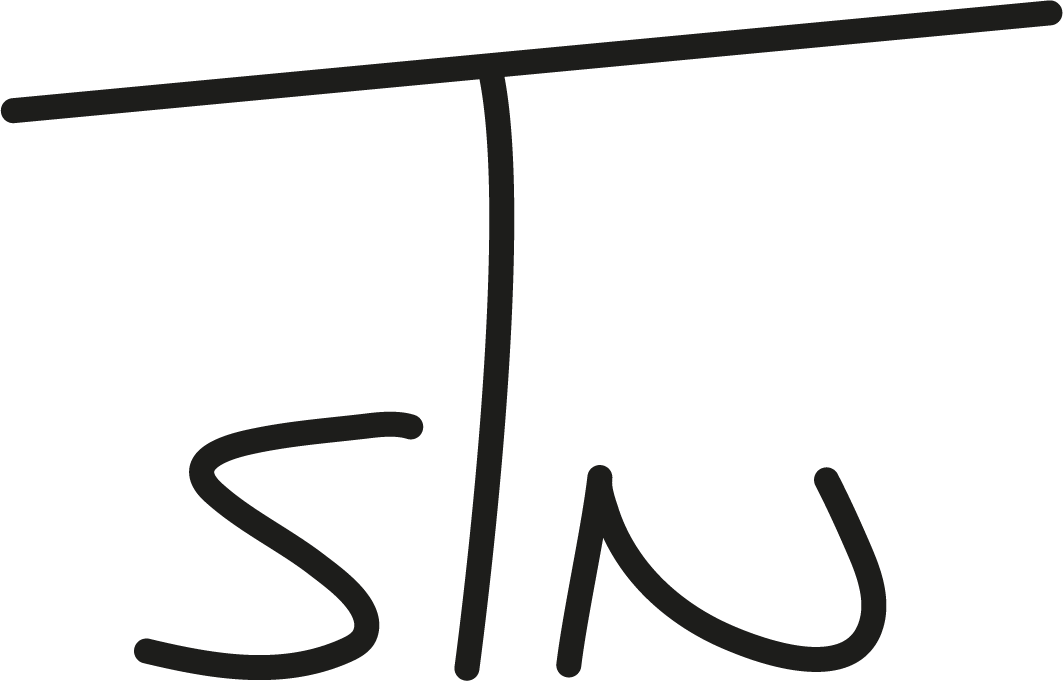Buddhism, not as you expected.
Meet Lodro Rinzler, the cool Buddhist that makes Buddhist philosophy approachable to young urban citizens (or young at heart, like me), who ”seem to have it all but who are beginning to wonder if they are missing something really, really big” (Beliefnet)
Lodro taught meditation for fifteen years in the Shambhala Buddhist lineage and is the award-winning author of six books:
- The Buddha Walks into a Bar (Shambhala Publications, 2012);
- Walk Like a Buddha (Shambhala Publications, 2013);
- The Buddha Walks into the Office (Shambhala Publications, 2014);
- Sit Like a Buddha (Shambhala Publications, 2014);
- How to Love Yourself (And Sometimes Other People) (Hay House, 2015);
- Love Hurts (Shambhala Publications, 2016).
Not only a talented, funny writer, Lodro is also the co-founder and Chief Spiritual Officer of MNDFL, NYC's premier drop-in meditation studio and the founder of the Institute for Compassionate Leadership.
I had the honor to interview him:
- How did you discover meditation? What exposed you to mindfulness? Tell me about the change it brought to your life.
I was raised in the Shambhala Buddhist lineage and began meditating when I was six years old, as it was a part of my household environment. I began sitting meditation retreats as a teenager, even going as far as attending a silent month-long retreat during which I shaved my head and took monastic robes and vows when I was 17. During my time at college, I became a Vajrayana student of Sakyong Mipham Rinpoche and began teaching meditation at that time. Given that I’ve been doing it for 28 years it’s hard to pinpoint a single change in my life; it’s a bit all-pervasive.
- What is your everyday meditation? The one you start off your day, or practice just before you go to sleep?
My main practice is known as Werma, which is a Tibetan Buddhist sadhana practice. But the foundation for all of my practices is Shamatha, or calm-abiding meditation, which is sometimes known as mindfulness meditation. That is the primary thing I teach to new meditators — simply becoming familiar with the breath as a way to become familiar with all of who you are, including your basic goodness.
- I assume there are days you feel you just can’t practice today. Do you let go of the practice these days? Or do you make yourself do it anyway?
I do some practice, albeit it will be an abbreviated form. Whether that’s a few minutes of mindfulness of the breath, a short visualization, or a more ceremonial practice I tend to take a few minutes if I am unable to do my full practice time.
- Tell me about the birth of MNDFL. How did you come up with the idea?
My business partner Ellie Burrows was struggling with her meditation practice and finding it incredibly hard to meditate in her own home. MNDFL arose from her deep personal need matched with what I was hearing as a need from meditation students I encountered in my travels. Both wanted to meditate in a space that wasn’t religious and didn’t involve a four-day long commitment. Ellie wanted a space where she could drop in and be with a community interested in exploring meditation in a contemporary context. She was also volunteering for my non-profit, the Institute for Compassionate Leadership; we had become friends and she approached me with the idea. We have complimentary skill sets and MNDFL is like our kid who inherited all of our best traits.
- Visiting MNDFL centers, I’ve noticed its uniqueness. It is different from any other meditation centers I’ve seen. Can you tell about the idea behind it? What makes it different?
M N D F L exists to enable humans to feel good; more specifically their innate goodness. We are New York City's premier meditation studio and recently expanded to three locations (Greenwich Village, Upper East Side, and Williamsburg). Each week we have over one hundred and fifty 30 and 45-minute classes featuring expert teachers from a variety of traditions offering simple techniques in an accessible manner. In my mind, we’ve brought together the dream team of teachers across multiple religious traditions and put them under one roof. When classes are not in session, space is open for self-guided practice. We're building a pretty special community and the studio is bustling with regulars and special events.
- Where do you see MNDFL in 5 years? Will we find more locations in cities around the world?
The joy of running meditation studios with a team who are also meditators is that we’re pretty focused on the present moment. Right now you’ll find me teaching at all three studios and welcoming people to our community. I can’t tell you what will happen in five years, but that’s the priority for me these days.
- What inspires you to live mindfully in our crazy urban reality? Is there a figure, a book, a movie that you keep coming back to when you need a reminder?
I’ve studied with my teacher, Sakyong Mipham Rinpoche, for half my life now. He is the living example of compassion and presence. Whenever I start to lose focus on trying to benefit others I always think of him.
Thank you Lodro for this interview.



